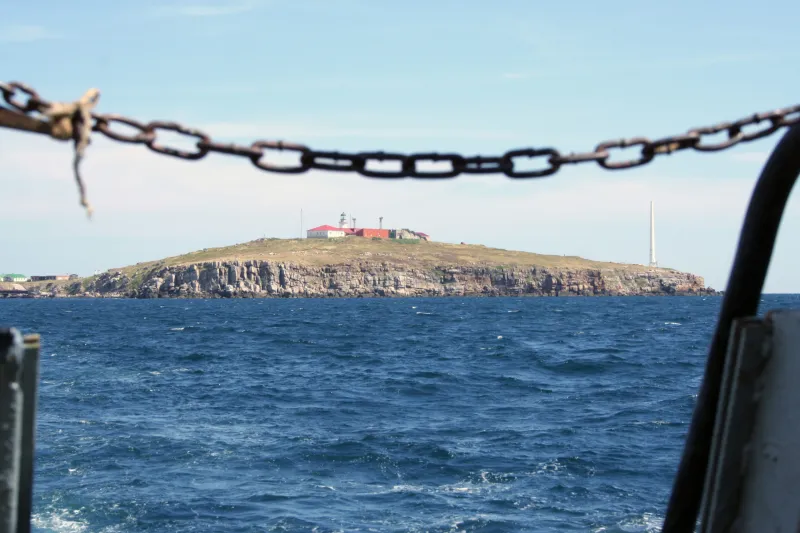
The Biden administration and EU nations have been painstakingly “careful” to confine the war to Ukraine’s frontiers and the nearby Black Sea, according to reports. They are avoiding anything that might be construed as military escalation with Russia since the beginning of the war. This involves the collection of weaponry that Western nations have given to Kyiv.
The US and NATO supplied short-range missiles, artillery, and small drones, roughly the same weaponry used by Russian forces—including lengthy artillery, air forces, and area air support. Though the Ukrainian Armed Forces halted Russia’s early offensive, this symmetrical strategy—dictated by Western aid, culminated in the protracted struggle currently observed in Ukraine’s east and south.
If it does have any plausibility, this approach has now been exhausted. Keeping Kyiv’s armed force on “life support” has the obvious drawback of subjecting Ukraine to a prolonged state of perpetual war, including the relentless artillery bombardments from Russia that are currently obliterating one town after another in the spirit of World War II. Moreover, the constant stream of more powerful weapons that have recently come on the market, like the High Mobility Artillery Rocket Systems (HIMARS) and Multiple Launch Rocket Systems (MLRS) produced in the United States, has never really altered the fire suppression strategic plan of the West or the frontline functionality of Ukraine.
A Foreign Affairs report added that the global food crisis emerged due to Russia’s incursion of Ukraine. Russia and Ukraine export 13 percent and 8.5 percent of the world’s wheat. Russian sanctions and Moscow’s naval blockade of Ukraine’s significant seaports have withdrawn these massively essential commodities from the marketplace, jeopardizing food and nutrition security. Consequently, millions of people, especially in developing countries, are at peril of suffering from extreme food shortages and malnutrition.
World Bank’s Calculations
According to the World Bank, approximately 40 million more people will experience extreme food shortages this year than at the previous high in 2020 due to Russia’s war and naval embargo.
“The war in Ukraine, supply chain disruptions, and the continued economic fallout of the COVID-19 pandemic are reversing years of development gains and pushing food prices to all-time highs.”Individuals and families in low- and middle-income countries are more affected by higher commodity prices than those in high-income countries because they devote a considerable proportion of their income to food.
“Rising food prices have a greater impact on people in low- and middle-income countries since they spend a larger share of their income on food than people in high-income countries.”Rising fuel prices and the costs of essential foods like bread and flour have already driven instability throughout undeveloped nations. From the French Revolution to the Arab Spring, price changes for essential foods have a longstanding historical experience of stoking coup attempts, revolutionary movements, and armed conflicts. Likewise, the potential danger of malnourishment and famine can encourage a massive exodus from Africa and the Middle East at a period when Europe is already under compression to accommodate millions of “war refugees.”
The Biden administration is aware of these concerns. Unfortunately, however, neither Washington nor its NATO allies are willing to break the Russian blockade of the Black Sea, which would liberate Ukrainian exports, avert catastrophe in emerging economies, and protect Europe from potentially enormous ramifications.
Secretary Anthony J. Blinken said on June 24 that the state department knows the “drivers” behind the occurrence.
“The Russian military is laying waste to Ukrainian farms and grain silos, stealing Ukrainian grain and the equipment needed to harvest it, blocking access to and from Ukrainian ports by the sea. There are some 25 million tons of grain trapped in silos right now in Ukraine, where it will rot if it’s not exported,” the secretary noted.
“Tens of millions more are being harvested in the coming months, but there’s no place to put them because Ukraine’s silos are full because it’s not able to move its grain thanks to the Russian blockade.”Kill Chains
The Russian Black Sea Fleet’s flagship, the Moskva, and several combat and surveillance ships were annihilated by Ukrainian fighters in the war’s early stages. To do this, Ukraine has set together “kill chains” using Turkish Bayraktar TB2 drones, Starlink satellite networks, commercial satellite imaging, and Neptune and Grom’s missiles manufactured in Ukraine.
The Biden administration must give Ukraine whatever military technology and weaponry are essential to safeguard embattled Ukraine’s maritime channels, particularly unmanned aerial vehicles (UAVs), rather than engaging the Russian Black Sea Fleet with NATO soldiers. The dispatch of UAVs will not significantly alter the US strategic plan for implementing security help and support following delivering Kyiv with HIMARS and MLRS.
The question is, will this be enough?
